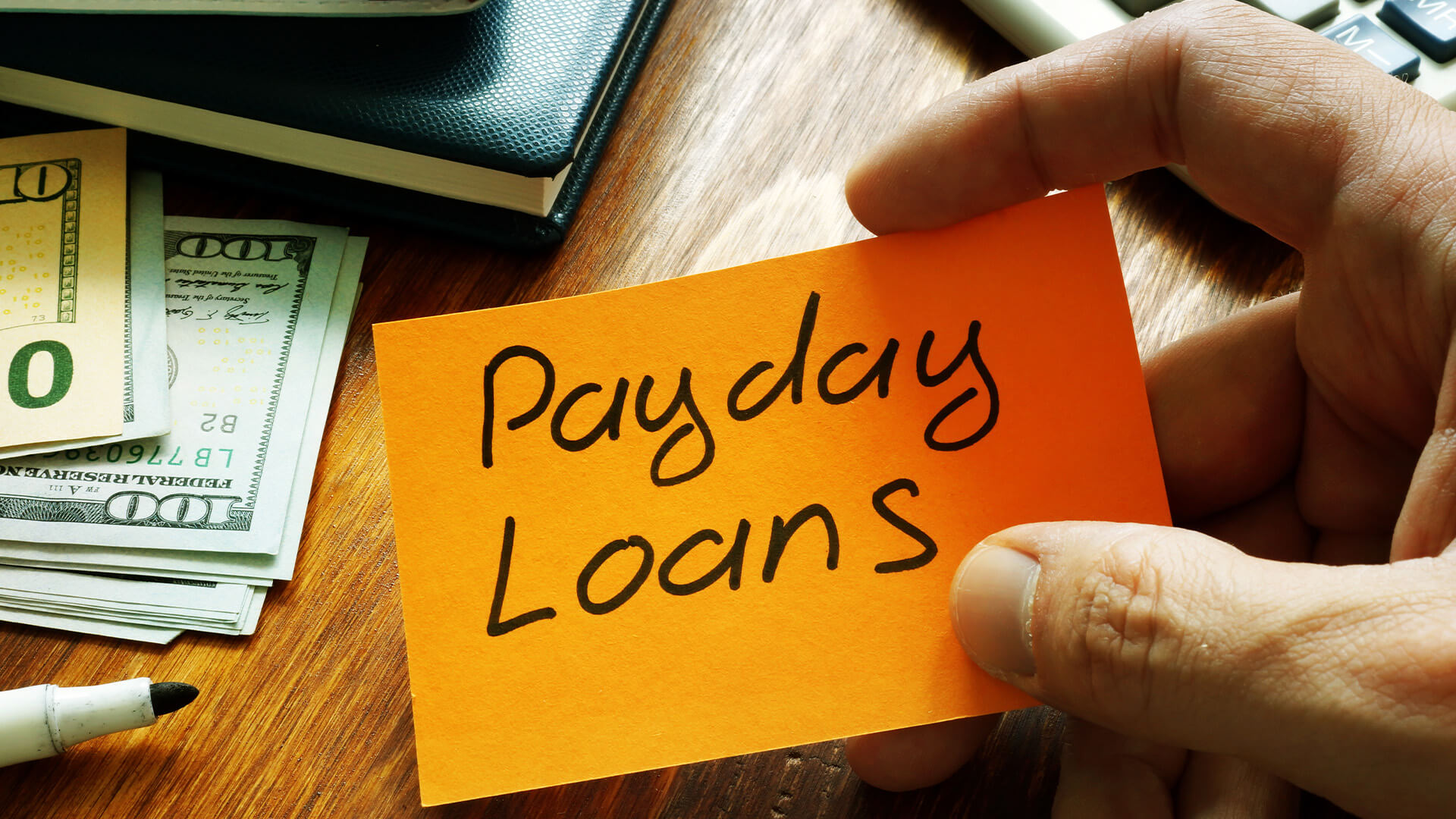
Did you know that a payday advance is something completely different from a payday loan? Although it is easy to confuse them, it is important to know the differences between these two types of loans. One can be beneficial to your financial well-being while the other should be avoided at all costs.
Payday Loans
Let’s take a closer look at loans before paycheck. These high-interest short-term loans are offered through payday and cash advance lenders. They usually cost $ 500 or less. Payday loans online same day deposit must be repaid within 14-30 days. To get such a loan, the borrower must agree to a high-interest rate.
According to the Consumer Financial Protection Bureau (CFPB), loans of this type usually cost between $ 10 and $ 30 for every $ 100, which is a really high price. While loans before paycheck are fairly easy to obtain, it is clear that they have several big disadvantages:
- High-interest rate;
- Require a credit check;
- Potentially negative impact on your credit report;
- Possibility to get into the cycle of short-term loans at high-interest rates.
Because of these disadvantages, the CFPB and other agencies caution against using payday loans. With interest rates up to 900%, these loans can easily spiral out of control in terms of costs for the borrower. Over time, reusing loans can lead to a vicious cycle of debt. When the debt needs to be paid off, bills and other expenses can outweigh your ability to pay. Your salaries do not bring relief, and you just run deeper and deeper into debt.
Payday Advances
Payday advances are completely different mechanisms than payday loans. A payday advance is a benefit offered by an employer where you can borrow a portion of your paycheck. A paycheck advance is not debt at all. Your employer does not charge interest and fees when borrowing money that is usually very low. Paycheck advances are designed to help employees get through difficult times. Instead of sinking into debt, they can turn to their employer for help. It is a smart choice in a financial emergency.
Payday Loan vs Payday Advance
Consider a situation where you can compare a payday loan with an advance from your employer. Perhaps your home is in need of expensive plumbing repairs that will cost $ 3,000 or more. If you turn to a cash lender for a payday loan, you usually pay a $ 520 commission on a $ 3,000 loan if you get the loan. Large loans are rarely disbursed by lenders unless you have excellent credit and a huge paycheck. In contrast, if you went to your employer for an upfront payment, you would probably pay $ 75 for immediate access to $ 3,000. If the loan amount was more than $ 300, you may pay a commission of less than $ 10. Some employers allow you to borrow small amounts for free.
Why You Should Choose Payday Loans?
The procedure for getting a loan before paycheck will not take much time. The opportunity to get funds from an MFO is much higher than taking out a loan from a bank institution. MFO loans offer different options.
Benefits of Contacting an MFI
1. The first loan before payday is free. A microloan also allows you to receive paid funds on favorable terms. Paycheck loans are issued, as a rule, for a short period of time and at a favorable interest rate. But despite all of the above, new borrowers get interest-free payday loans. This way you can get your money back for the first time without any overpayment.
2. Refund of shares of amounts with cashback support. Cashback is a big plus when shopping for product offers in online stores. For example, it will be possible to receive up to 20% of the total loan amount.
3. Ease of getting funds. When applying for a loan before payday, the procedure is usual. You do not need to collect documents, wait in long queues at the bank, where the chances of getting a loan turn out to be insignificant, especially if the credit history is not the best. Receive messages from the MFO for you in the most detailed form provided and according to the size of your passport. You can apply for a payday loan at one of the MFI’s branches such as on the Internet at a website.
The final option is the most favorable since it can be done anywhere even at home. The whole procedure takes a couple of minutes. Moreover, it is possible to arrange it anywhere. The most important possession of the device in hands with access online.
4. Credit history is not important. Most banks before issuing a loan, first of all, first look at credit history. If they don’t like something, then the banks refuse to get it. In addition, even if there is no history, it is also expected to receive a payday loan from the bank. Some banks will meet it halfway but you have to be attentive. It happens that the situation is unsuccessful and just get involved in an MFO it is possible to help out in this situation.
How Does the Annual Interest Rate on a Payday Loan Get So High?
The point is that APR goes beyond simple percentages and factors over time. They now charge $100 and the lender charges a $ 75 commission when payday approaches. At first glance, it might seem that the interest rate is 75% as time is not counted. The true cost of payday loans is measured in annual interest rates. It would seem that a small fee for borrowing money can dramatically increase the annual interest rate because the loan term is very short.
Payday loans are often offered to consumers in need of quick money and are generally easy to obtain compared to other financial services. In many cases, consumers only need ID, proof of income, and a bank account to get approved. Lenders often skip credit checks and approve applicants. Quick money may seem like a solution but it tends to establish a cycle of addiction. Consumer advocates only recommend them as a last resort or don’t recommend them at all.




















